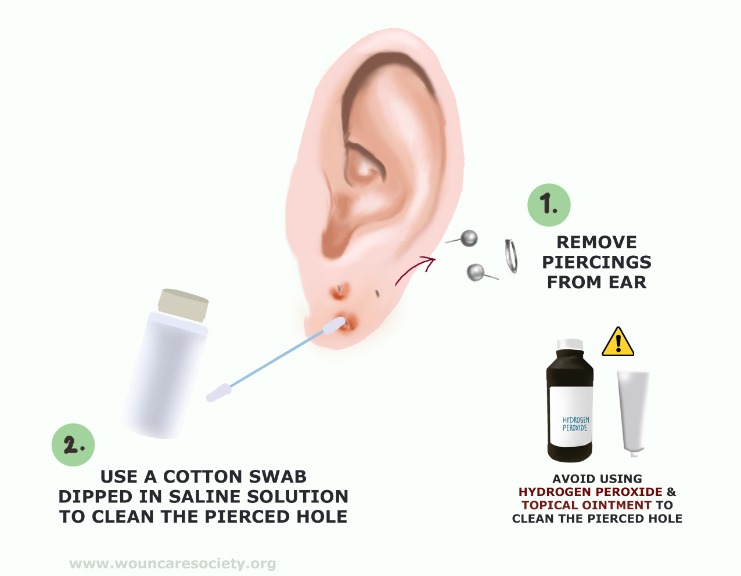Cats are charming and curious creatures, often gracing households with their intriguing behaviors and affectionate nature. However, their adventurous explorations can sometimes introduce them to unwelcome guests like ear mites. These microscopic pests, scientifically known as Otodectes cynotis, can cause significant discomfort to our feline friends.
What Are Ear Mites?
Ear mites are tiny parasites that thrive on the surface of the skin in the ear canal of cats. Invisible to the naked eye, they resemble minuscule white dots and appear almost as small grains of sand when viewed close-up. Ear mites feed on the earwax and oils in a cat’s ear, causing irritation and sometimes significant infections.
Signs Your Cat May Have Ear Mites
Detecting the presence of ear mites is crucial for the well-being of your cat. Here are some common symptoms that might indicate their presence:
- Frequent head shaking and scratching at the ears
- A reddish-brown or black crust forming inside the ears
- A foul odor emanating from the ear canal
- Patchy fur or hair loss near the ears due to excessive scratching
- Visible ear discharge
Treatment Options for Ear Mites
Effective treatment often requires cleaning the cat’s ears followed by the application of specific topical medications. Here’s a step-by-step outline:
- Consult a veterinarian to confirm the presence of ear mites.
- Use prescribed ear drops or ointments regularly to combat the mites.
- Ensure follow-up checks to prevent reinfestation.
For those interested in a natural approach, consider exploring Ear mites in Cats to find herbal remedies that might help alleviate symptoms and eliminate the parasites.
FAQs About Ear Mites in Cats
Q: Can humans get ear mites from cats?
A: While ear mites prefer the environment provided by feline ears, it is rare for them to transfer to humans. If there’s a concern, consult a medical professional.
Q: Are certain cats more susceptible to ear mites?
A: Outdoor cats are more prone to infestations given their exposure to other animals who might carry these parasites.
Caring for a cat means being vigilant about their health. Recognizing the signs of ear mites early ensures prompt treatment and less discomfort for your furry friend. Always seek professional veterinary advice when grappling with an infestation.





